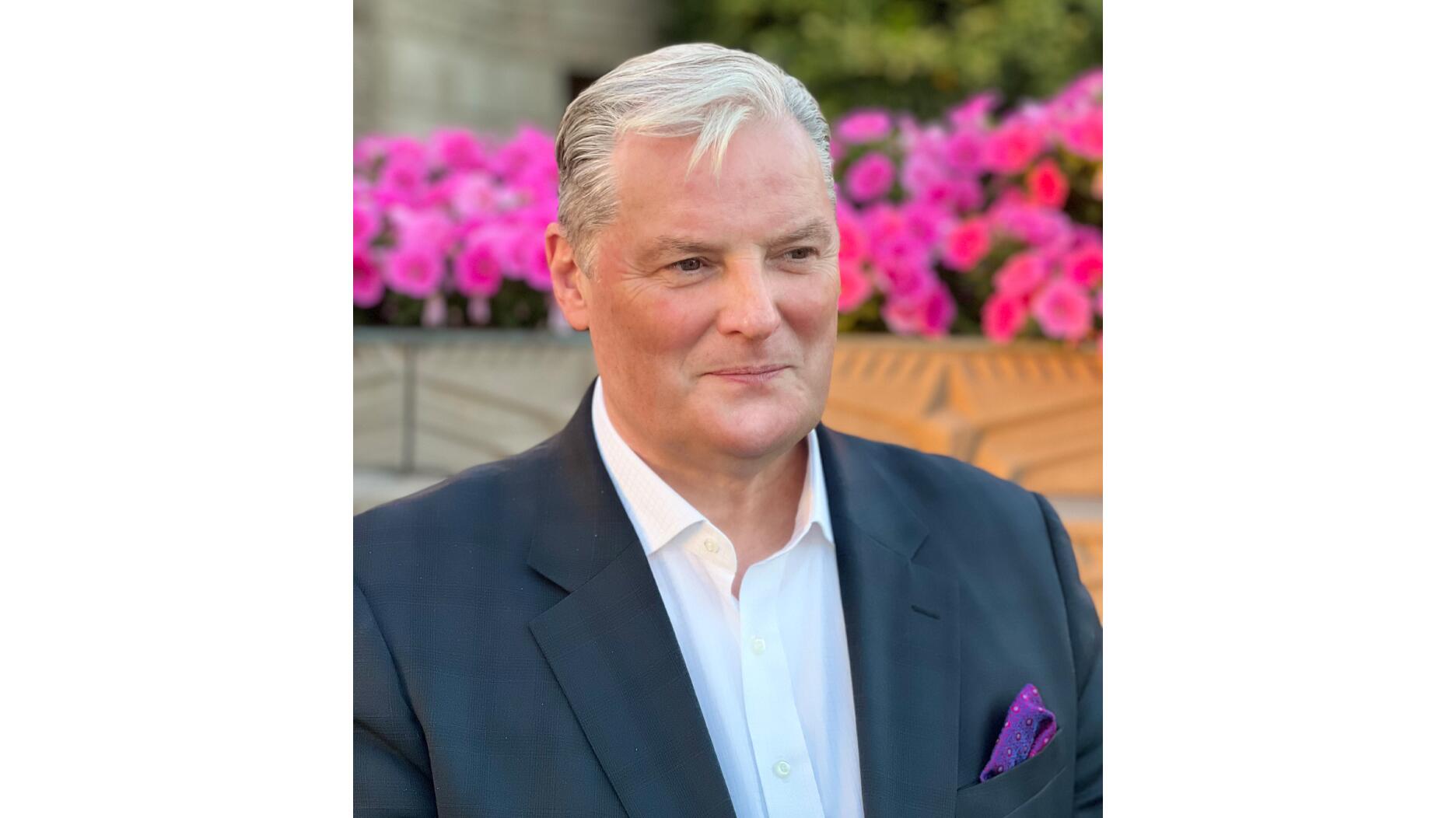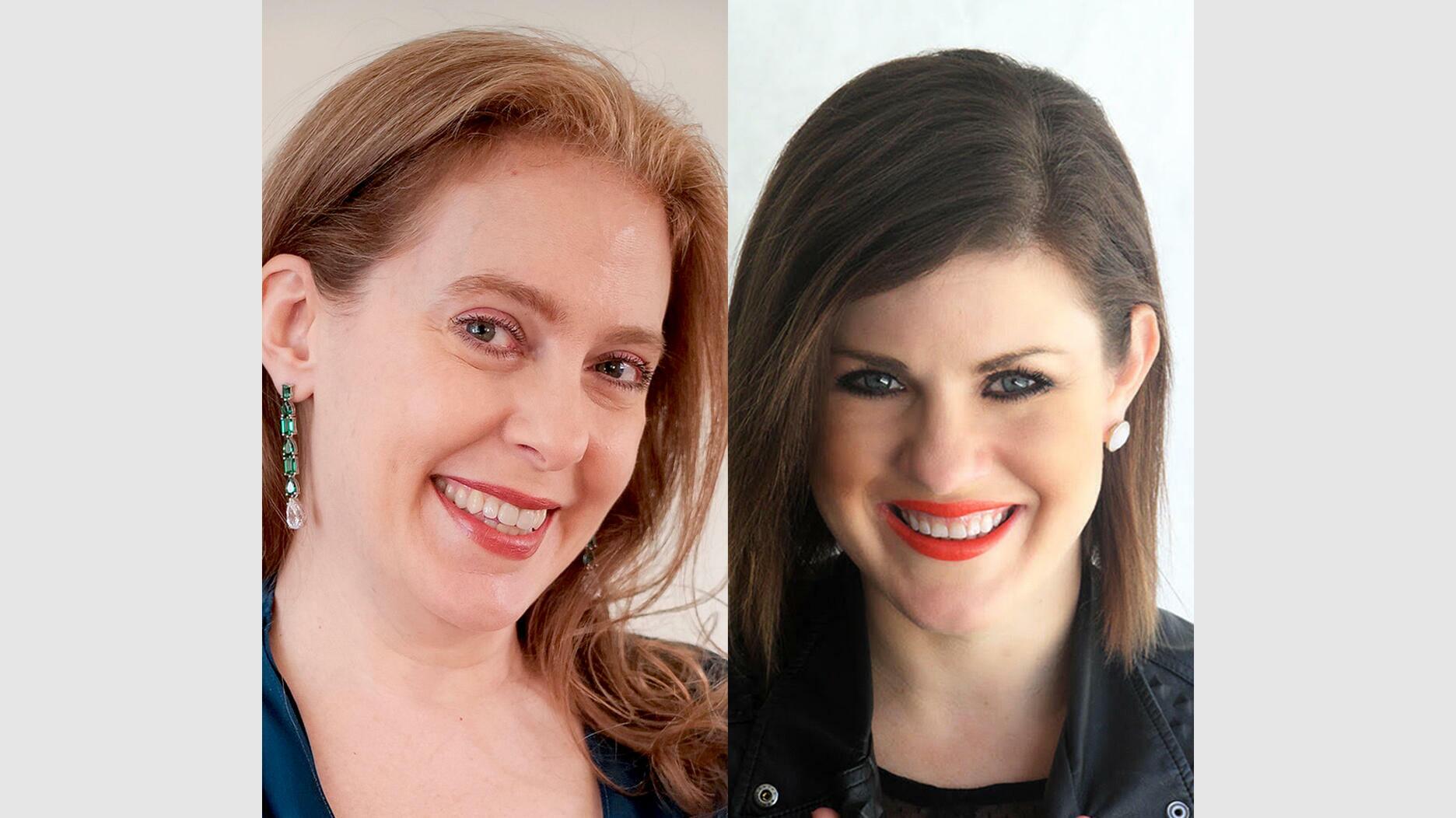The “Serenity” charm set with 13 opals is a modern amulet offering protection, guidance, and intention, the brand said.
Squirrel Spotting: 6 Selling Pointers for the Season
Ahead of the holiday rush, Peter Smith is dispensing advice on priming, the paradox of choice and asking the right kind of questions.

Last month, I wrote about the importance of having the right product on display during the months of November and December.
Today, it’s on to selling with this list of a half-dozen tips for salespeople on the importance of speed, presentation and, finally, asking for the sale.
1) In/Out Fast
In/out is not just a burger joint; it’s also a philosophy, or at least it should be.
One of the biproducts of two decades of internet ubiquity is that we are more protective of our personal time today than at any point in the past. The irony of wanting more time to ourselves so we can spend hours on Twitter, Instagram, LinkedIn or some other social media platform is hardly the point.
The desire to protect our “me” time is also multi-generational. It is not just a millennial or Gen-Z trait.
I visited a 7-Eleven recently and when I found myself getting agitated because there were two people in front of me waiting to check out, I had to give myself a reality check. How long does it take the average customer to complete a transaction at 7-Eleven, 90 seconds?
In “Decoding the New Consumer Mind,” Kit Yarrow wrote: “Waiting to check out feels like punishment to shoppers. Not that shoppers have ever liked waiting, but today it feels personal.”
If a customer decides to spend time in your store trying on jewelry and playing dress-up, have at it. If he or she is enjoying a beverage and seems happy to engage in whatever banter you have going, great.
Absent that, rewire your expectation to calibrate with what most of us want in today’s environment—to get in, get our business done and get out as quickly as possible.
2) Priming
We are exposed to the effects of priming every single day. Some would refer to effective advertising as priming, but it is much more subtle and nuanced than that.
It happens when we smell popcorn before we enter the movie theater, making it more likely that we will buy popcorn. It happens when we smell coffee as we pass a Starbucks, increasing the probability that we will decide to treat ourselves to a cup.
Priming works by subliminally orienting our brains to want what, possibly before we even
That question alone does two important jobs.
No. 1, it sends a signal to your brain that you are going to buy, thereby increasing the likelihood that you will make a purchase. Research shows that we are 18 percent more likely to buy something if someone asks us if we are going to do so.
No. 2, it invites you to conjure an image in your mind of the person you are shopping for, underscoring the emotive aspects of the visit. This is no less effective when a customer is buying a piece for themselves, as it can remind the customer why he or she has decided to reward themselves with an important purchase.
3) Open-Ended Questions
As with the priming question, we are always going to get more engagement and more relevant information from asking open-ended questions.
While we practice having the right answers to customer questions all the time, we would be better off practicing the art of asking good open-ended questions.
Having a prepared list of questions that can be tapped into is as important as a tradesperson having his or her tools on the job. Including the important priming question previously mentioned, other examples might include the following.
- “How would you describe her personal style?”
- “What have you bought in the past that worked very well?”
- “When is she most likely to wear this?”
- “What’s most important to you about this purchase?”
Open-ended questions serve as a mutual discovery for salespeople and customers alike.
4) The Paradox of Choice
Let me be as clear as I possibly can in saying it is not better for customers when you show them more stuff.
Christophe Morin and Patrick Renvoisé wrote in “The Persuasion Code” that: “The primary function of the primal brain is to accelerate decisions, and we do that best when we have limited options.”
The authors talked about the fact that while our brains amount to about 2 percent of our body mass, they consume about 20 percent of our body’s energy.
To that end, anything that enables our customers to have options, which are absolutely fundamental, but not too many options is best.
The more the options increase, the more difficult it is for the customer to make a buying decision.
In “Talk Less, Say More”, Connie Dieken wrote: “If you want someone to make a choice without delay, preload three choices. In other words, give them three ready-made options. This technique speeds up the dynamics of decision-making. Since the conscious mind loves three, the receiver will feel satisfied that they have plenty of alternatives, but they won’t feel so overwhelmed that they delay or resist making a choice altogether.”
If you feel strongly that three options are too few, you may want to revert to the segment on open-ended questions to make sure that you are not using product to do the job that good questions ought to be doing.
Product-dumping is a poor substitute for human engagement.
5) Contrast Principle
Oren Klaff wrote in “Flip The Script” that, “Ever notice how websites always seem to give you three different price levels? Companies today know that when presented with three ascending options, the vast majority of people will choose the middle one.”
The old term for what is more typically known today as the contrast principle is “anchoring.”
The basic premise is that by presenting three different price points to the customer, the highest price makes the middle price appear much more appealing. That holds true, even as that middle option might be 50 percent or more of what the customer had indicated as his or her target budget.
For instance, if a customer tells you his or her budget is $5,000, your three options would be: $5,000, $7,500 and $10,000. In that situation, research has shown that customers select the middle option.
If a customer suggests his or her budget is $1,000, your three options would be: $1,000, $1,500 and $2,000, again with the expectation that the customer will select the middle option.
For a salesperson, the easiest approach is to take the customer’s budget and use that price point as the base option, double that price as a second (highest) option, and split the difference for the third (middle) option.
This communicates to customers that you heard them when they gave you their budget but you also respect their ability to spend beyond it, and, lastly, that you are giving them an accessible middle option.
As Dan Ariely wrote in “Predictably Irrational,” his 2008 book, “We like to make decisions based on comparisons.”
So, give your customer three options and three price points and simplify their decision-making process.
6) Ask for the Sale
No matter how long we have drilled the importance of asking for the sale, it is remarkable how many salespeople fail to do so on a regular basis.
Research shows customers are apt to make a buying decision about 70 percent of the time when a salesperson confidently asks for the sale. Of course, doing so presumes we have earned the right to ask that question; otherwise, we are merely throwing stuff against the wall.
John Kawhon, wrote in “Selling Retail” (1986), the seminal book on sales, “If you lack confidence in your closing techniques, you will radiate that fear when you ask for the order. You can bet your last dime that your fear will make your customer equally fearful of saying yes.”
So, go right ahead and ask for that sale. If you’ve done your work, you’ve have earned it.
Have a great holiday season!
Peter Smith is president of Memoire and author of two books, “Hiring Squirrels: 12 Essential Interview Questions to Uncover Great Retail Sales Talent,” and “Sell Something: Principles and Perspectives for Engaged Retail Salespeople.” Both books are available in print or Kindle at Amazon.com. Connect with Smith on LinkedIn or at dublinsmith@yahoo.com.
The Latest

“Bridgerton” actresses Hannah Dodd and Claudia Jessie star in the brand’s “Rules to Love By” campaign.

Founded by jeweler and sculptor Ana Khouri, the brand is “expanding the boundaries of what high jewelry can be.”

How Jewelers of America’s 20 Under 40 are leading to ensure a brighter future for the jewelry industry.

The jewelry manufacturer and supplier is going with a fiery shade it says symbolizes power and transformation.


The singer-songwriter will make her debut as the French luxury brand’s new ambassador in a campaign for its “Coco Crush” jewelry line.

The nonprofit’s new president and CEO, Annie Doresca, also began her role this month.

Roseco’s 704-page catalog showcases new lab-grown diamonds, findings, tools & more—available in print or interactive digital editions.

The trade show is slated for Jan. 31-Feb. 2 at The Lighthouse in New York City's Chelsea neighborhood.

January’s birthstone comes in a rainbow of colors, from the traditional red to orange, purple, and green.

The annual report highlights how it supported communities in areas where natural diamonds are mined, crafted, and sold.

Footage of a fight breaking out in the NYC Diamond District was viewed millions of times on Instagram and Facebook.

The supplier has a curated list of must-have tools for jewelers doing in-house custom work this year.

The Signet Jewelers-owned store, which turned 100 last year, calls its new concept stores “The Edit.”

Linda Coutu is rejoining the precious metals provider as its director of sales.

The governing board welcomed two new members, Claire Scragg and Susan Eisen.

Sparkle with festive diamond jewelry as we celebrate the beginning of 2026.

The master jeweler, Olympian, former senator, and Korean War veteran founded the brand Nighthorse Jewelry.

In its annual report, Pinterest noted an increase in searches for brooches, heirloom jewelry, and ‘80s luxury.

Executive Chairman Richard Baker will take over the role as rumors swirl that a bankruptcy filing is imminent for the troubled retailer.

Mohr had just retired in June after more than two decades as Couture’s retailer liaison.

Shekhar Shah of Real Gems Inc. will serve as president of the Indian Diamond & Colorstone Association in 2026.

This year’s good luck charm features the mythical horse Pegasus, and is our first Piece of the Week of the new year.

Articles about crime, engagement rings, and a necklace worn in the World Series generated the most interest among readers.

As part of the leadership transition, Sherry Smith will take on the role of vice president of coaching strategy and development.

It marks the third time the country has headed the Kimberley Process. Ghana will serve as vice chair.

The new Bulova x Stetson designs highlight two animals often associated with the American West—the bison and the Texas Longhorn.



























